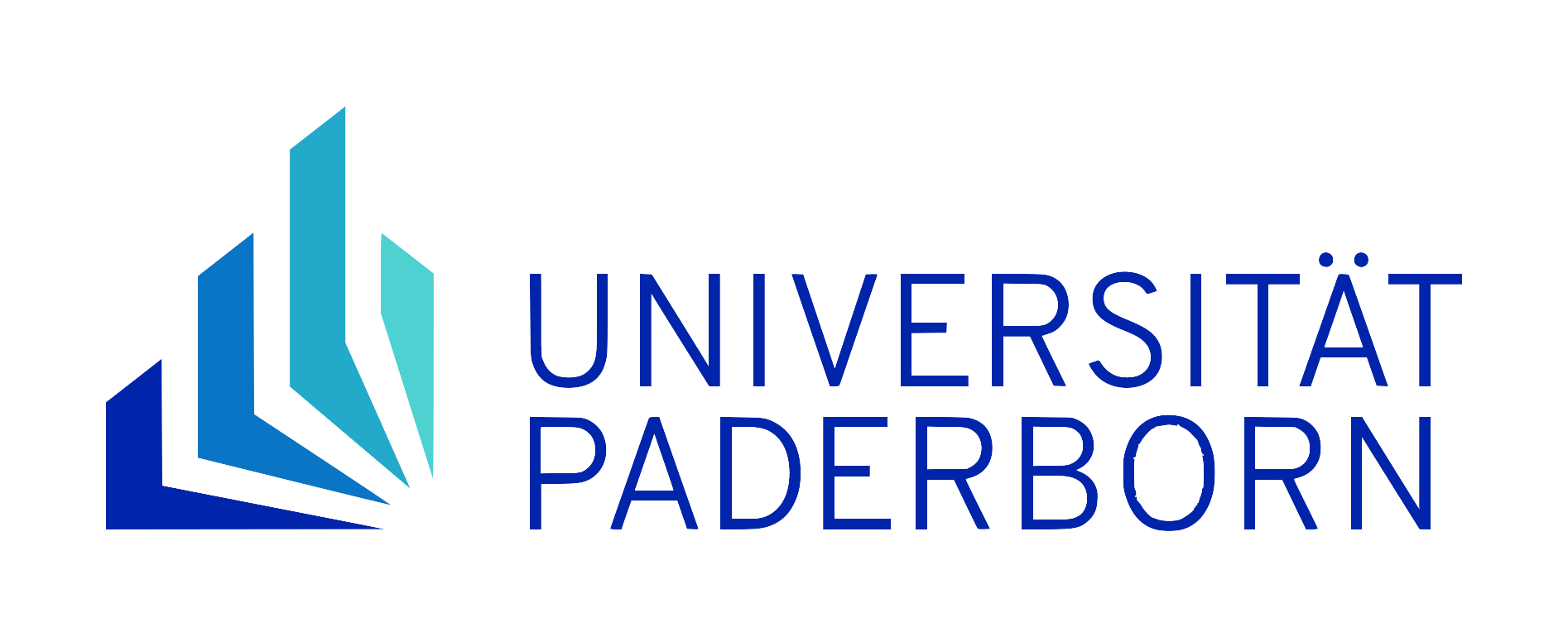Letter (with Enclosure) from W. H. Auden/C. Kallman to H. W. Henze, January 12, 1960
Settings
Show markers in text
Context
Absolute Chronology
Preceding
- 1959-01-06: to Henze
- 1958-12-01: from Henze
Following
- 1960-01-25: to Henze
- 1960-07-07: from Henze
[Typescript]
77 St Mark’s Place
New York City 3
New York
U.S.A.
Deepest apologis‡es for my misspelling of your name. Suggest you
address me as Owden,or Horden.
Hope you will like [the]
last Act. At least,you will be the first
composer since Verdi to be given an opportunity to write an
operatic storm.*
Yesterday we heard Stravinsky’s new piece for piano and orchestra,
Movements,otherwise Cinque Strunze[sic]‡.* We loved it.
1960
Bitte zurück
Ansersxxxxxx Answers to Queries
page 2 etc. rere the vulgar language used by Hinterhofer
and the Doctor,
"impotence,kidneys,laxative,stools etc."
This crude directness of diction is essential to their characters,to
Hinterhofer’s because he is a naughty child who
makes a point of
saying outrageous things, to the Doctor’s because he thinks in the
language of his profession.
p 2 "full of beans." means full of energy.
p 3 "awry" (rhymes with die) means bent or crooked.
p 8.
Hinterhofer’s aria,stanza I ("Among contemporary poets"…)
See new text for revisions. I think it is right to use the actual
names of real poets of the period a) because it fixes our fictional
poet in a concrete historical position and b) because it prevents the
audience from identifying him with any one of the poets who werexxxxxxxxxxxxxx
famous inxxxxxxxxx famous German poets who were alive in that period. However,
as you will see from the text,if you feel strongly against using
their real names,substitute for
Georg[sic]
,
Rilke,
Hoffxxxx
Hofmannsthal
,the names
Georgeous,Milksop and Huff–and–Puff respectively.
p 9 Stanza III,("How tempting is a handsome page") see new text
p 10. Dialogue between Hinterhofer & Doctor. See new text.
p 10 Doctor’s aria. see new text.
Your letter arrived yesterday.
We are into[sic] the third Act
([sic]which
will be quite short, I think.
Much love to you both
Wystan
What is the
difference between
tolls and chimes?
Editorial
Author(s)
Responsibilities
- Editor(s)
- Elena Minetti
- Transcription
- Elena Minetti
Tradition
-
Text Source: Basel (Schweiz), Paul Sacher Stiftung (CH-Bps), Sammlung Hans Werner Henze, Abteilung: Korrespondenz
Shelf mark: Auden, Wystan HughPhysical Description
- Document type: Letter
- Dünnes weißes Papier
- Faltung: 1mal längs, 1mal quer
- 1 folio
- 1 written page
- Dimensions: 279x216 [mm] (HxW)
- Der mit der Schreibmaschine geschriebene Text ist sehr verblasst. Gelocht.
- Rand links: 5cm
- Zeilenabstand: 1,5zeilig
- Absätze eingerückt
- Leicht nach rechts verschoben.
Material
Extent
Condition
Layout
Writing styles
-
1.Typescript.
-
2.Handwriting, ballpoint pen (pink).
-
3.Handwriting, Auden, Wystan Hugh, ballpoint pen (blue).
-
4.Handwriting, pencil.
-
5.Handwriting, Henze, Hans Werner, pencil.
Text Constitution
-
Following: handwritten, ballpoint pen (pink)
-
"Bitte zurück"crossed out, handwritten, pencil
-
"… Bitte zurück"It is not ascertainable who added this, then crossed it out in pencil. Perhaps one of the two authors of the letter wrote "BITTE ZURÜCK" so that Henze could return this letter to them. It can be assumed with some certainty that the crossing out in pencil was done by Henze later, because he made two other inscriptions on the second page using the same pencil, i.e. the date in the upper left and the question in the lower left.
-
Following: Typescript
-
"anwers"deleted by overtyping
-
"some"deleted by overtyping
-
"s"crossed out
-
"Cinque Strunze"sic
-
Following: handwritten, ballpoint pen (blue), Auden, Wystan Hugh
-
"… C"It is likely that the letter "C", for "Chester", was written by Kallman with the same blue pen used by Auden.
-
Following: Typescript
Commentary
-
"… Jan 12,I960"There is about a year between Henze’s first letter of 6 January 1959 and this letter. This letter testifies to a rather advanced state in the compositional process of the opera Elegy for Young Lovers. Unfortunately, no letters have been found documenting the beginning of their collaboration for this opera.
-
Bitte zurück
- Please get back
-
"… Herewith:"The material Auden and Kallman sent relates to the libretto of Elegy for Young Lovers, which is divided into three acts and includes a total of 34 scenes (in this letter they are also called "stanzas"). A number of versions of the libretto with handwritten corrections (as well as the opera’s synopsis) are preserved at the Paul Sacher Foundation. It has yet to be ascertained whether the libretto sent with this letter can also be identified among the archive’s materials.
-
[Latin] Dramatis Personae
- Characters
-
"… Observations,prosodic and other,for the translator."Henze composed Elegy for Young Lovers on the basis of the original English libretto, however, the premiere on 20 May 1961 in Schwetzingen was in German. With the word "translator" Auden could be alluding to the translator of the libretto, Ludwig Landgraf, or to one of Henze’s collaborators for the translation, namely Werner Schachteli, Harold Byrns and Hans Magnus Enzensberger (see Henze’s Autobiography, pp. 166-167 and see Henze’s letters to Enzensberger on 5 October 1960 and on 2 November 1960).
-
"… anwers answers to your queries."Of the five attachments listed here, only this attachment No. 5 "Answers to Queries" was attached to this letter.
-
"… to write an operatic storm."The librettists are probably alluding to the storms in Act III of Verdi’s Rigoletto or in Act I of Verdi’s Otello and to the snowstorm in Act III, Scenes VI–VIII of their Elegy for Young Lovers.
-
"… Movements ,otherwise Cinque Strunze ." Movements for Piano and Orchestra is a work by Stravinsky, consisting of five short movements. The name "Cinque Strunze" probably refers to this division into five (in Italian "cinque") parts. Perhaps by the word "strunze" Auden means actually "stanze", in the sense of parts.
-
Baci
- Kisses
-
et
- and
-
Abracci
- Hugs





